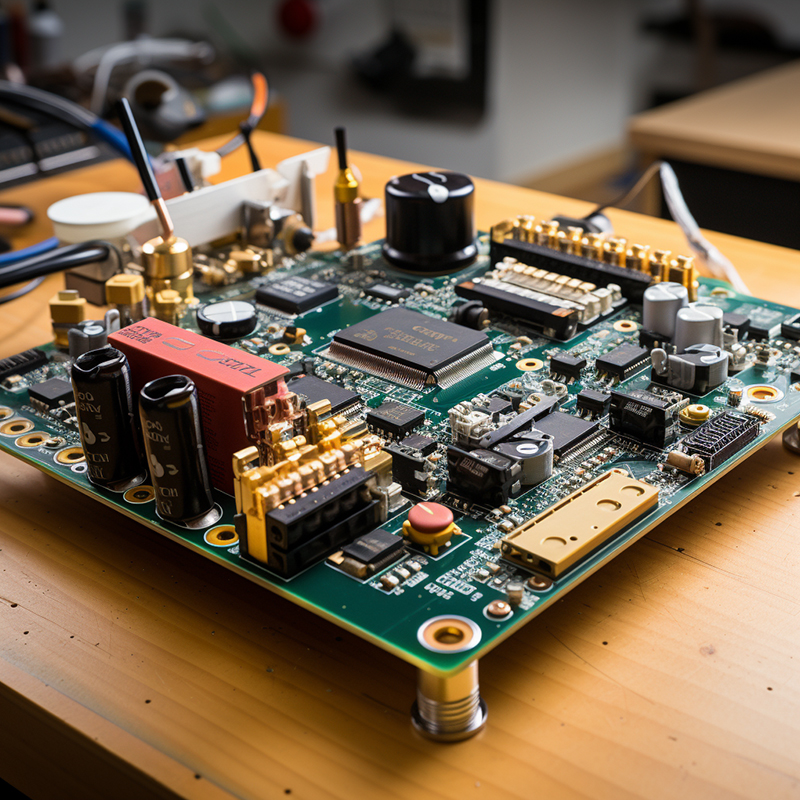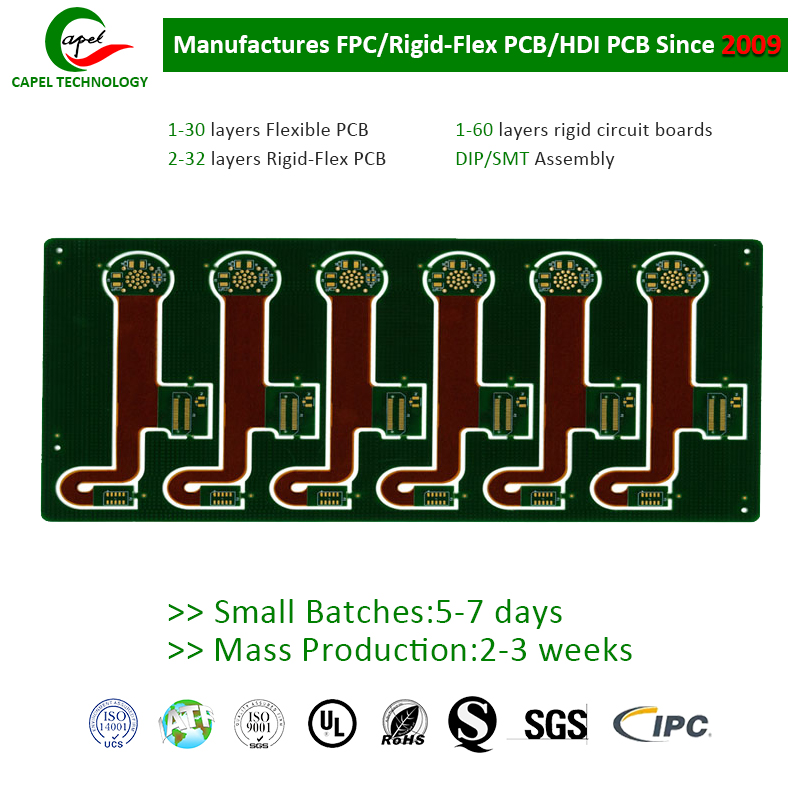When designing a rigid-flex PCB (printed circuit board), there are several basic guidelines that must be followed. These guidelines ensure that PCBs are robust, functional, and reliable. In this blog post, we’ll take a closer look at the most common design guidelines for rigid-flex PCBs and understand their importance for achieving optimal performance. So, let’s get started!
1. Plan your board layout:
Careful planning of the board layout is critical for rigid-flex PCBs. Determining the location of rigid and flexible sections, component placement and routing paths is critical. The layout should be optimized to minimize stress and strain on the flexible areas during assembly and operation.
2. Avoid sharp bends and stress:
One of the key design criteria is to avoid sharp bends and excessive stresses in the flex areas. Sharp bends can cause damage to flexible materials, resulting in reduced service life and potential failure. Designers must ensure gradual bends and use curved traces to prevent stress concentrations.
3. Minimize the number of flexible to rigid transitions:
Multiple transitions between flexible and rigid areas should be kept to a minimum. Each transition point creates a concentration of mechanical stress that weakens the overall integrity of the board. Limiting these transitions helps improve reliability and durability.
4. Use adequate conductor width:
Conductor width plays a vital role in reducing resistance and thermal effects. It is recommended to use wider traces in rigid areas to carry higher currents and narrower traces in flexible areas to reduce stress. Sufficient conductor width also allows for better signal integrity and impedance control.
5. Maintain sufficient copper thickness:
To ensure good electrical conductivity and heat dissipation, it is critical to maintain adequate copper thickness in both rigid and flexible areas. A thick copper layer increases mechanical strength and minimizes electrical resistance, thereby improving the overall performance of the PCB.
6. Combined with controlled impedance:
For high-speed applications, controlled impedance is critical. Designers must carefully calculate trace width and dielectric thickness to achieve the required impedance. Precise impedance matching helps prevent signal reflections and ensure reliable performance.
7. Follow dimensional stability guidelines:
Thermal expansion and contraction can significantly affect the performance of rigid-flex PCBs. Designers should pay close attention to the dimensional stability of the materials used. Choosing materials with similar coefficients of thermal expansion can help reduce the risk of failure due to excessive stress.
8. Make sure the components are placed correctly:
Strategically placed components are critical to thermal management and minimizing the risk of mechanical stress. It is best to place heavier components closer to rigid areas to prevent the flexible parts from over-flexing and stressing. Careful placement also aids in efficient routing and signal integrity.
9. Test and validate the design:
Extensive testing and validation of rigid-flex PCB designs is critical before entering production. Prototyping and thorough testing help identify any potential design flaws, performance issues, or manufacturing issues. Iterative verification ensures that the final design meets all required specifications.
10. Work with experienced manufacturers:
Working with an experienced PCB manufacturer who specializes in rigid-flex technology is critical. Their expertise and knowledge can greatly help optimize designs, ensure correct manufacturing and meet industry standards. They can also guide designers in selecting appropriate materials and processes for successful PCB assembly.
In conclusion:
It is critical to adhere to these general design guidelines when designing rigid-flex PCBs. Thorough planning, consideration of material properties, controlled routing, and proper testing are all key factors in achieving reliable, efficient rigid-flex PCBs. By following these guidelines and working with an experienced manufacturer, designers can ensure the success of their rigid-flex PCB projects.
Post time: Sep-18-2023
Back








